Big Bend National Park is a stunning and remote expanse in southwest Texas, encompassing the entire Chisos Mountain range and a broad stretch of the Chihuahuan Desert. The park gets its name from the dramatic curve in the Rio Grande that forms the natural boundary between the U.S. and Mexico — with 118 miles of shared border running through the region.
Its isolation is part of what makes Big Bend so special. Far from city lights, the park boasts some of the darkest night skies in the United States, making it a top destination for stargazing. On a clear night, the stars are absolutely breathtaking.
One of the best ways to experience Big Bend’s geological wonder is by driving the Ross Maxwell Scenic Drive. This route winds through some of the park’s most dramatic desert and canyon landscapes, with several scenic overlooks and interpretive stops along the way. Highlights include Sotol Vista, Mule Ears Overlook, and Tuff Canyon — each offering its own unique view of the rugged terrain.
Whether you’re hiking, driving, or just soaking in the solitude, Big Bend delivers a sense of scale and wild beauty that’s hard to match.
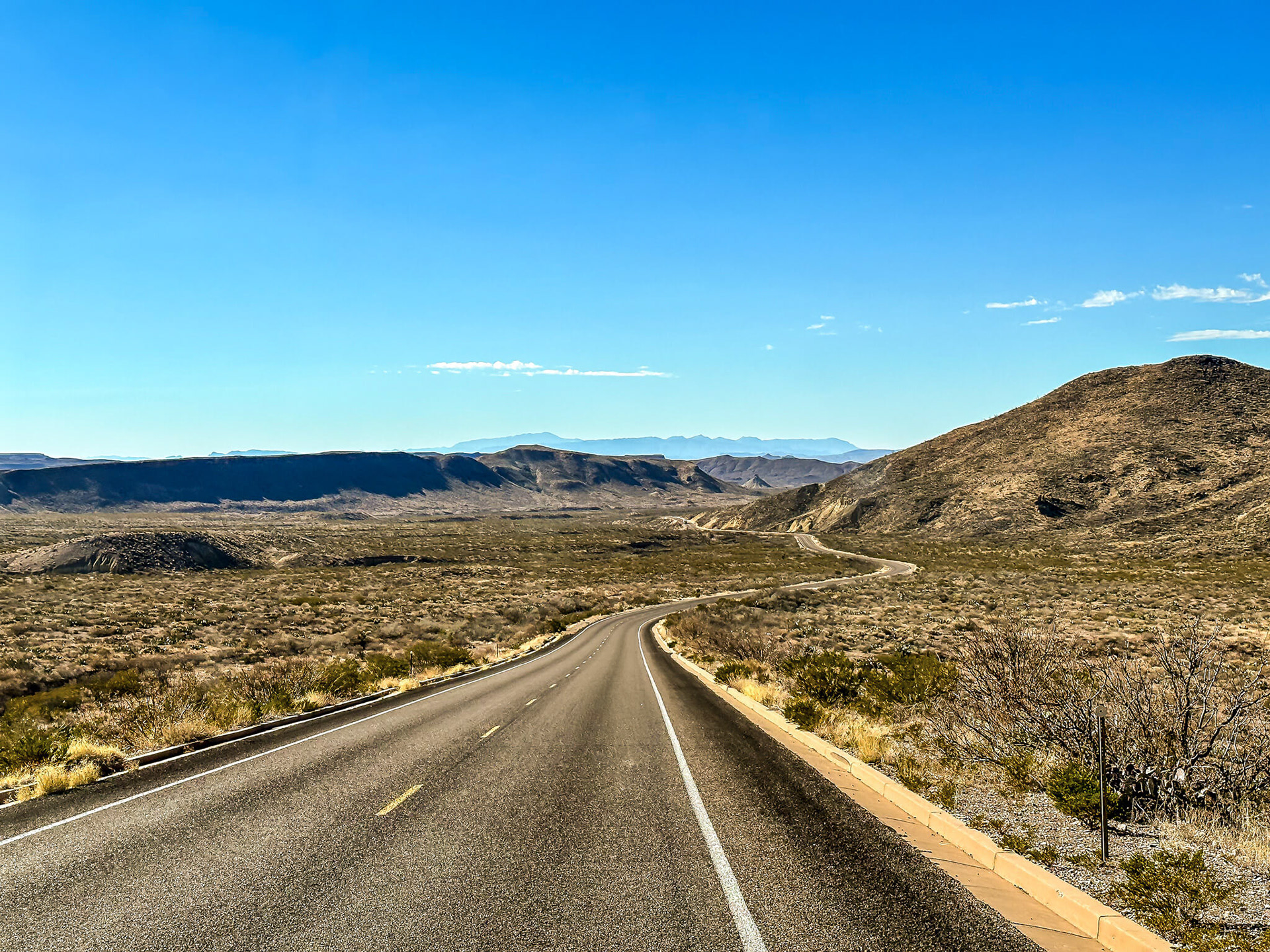
Ross Maxwell Scenic Drive.
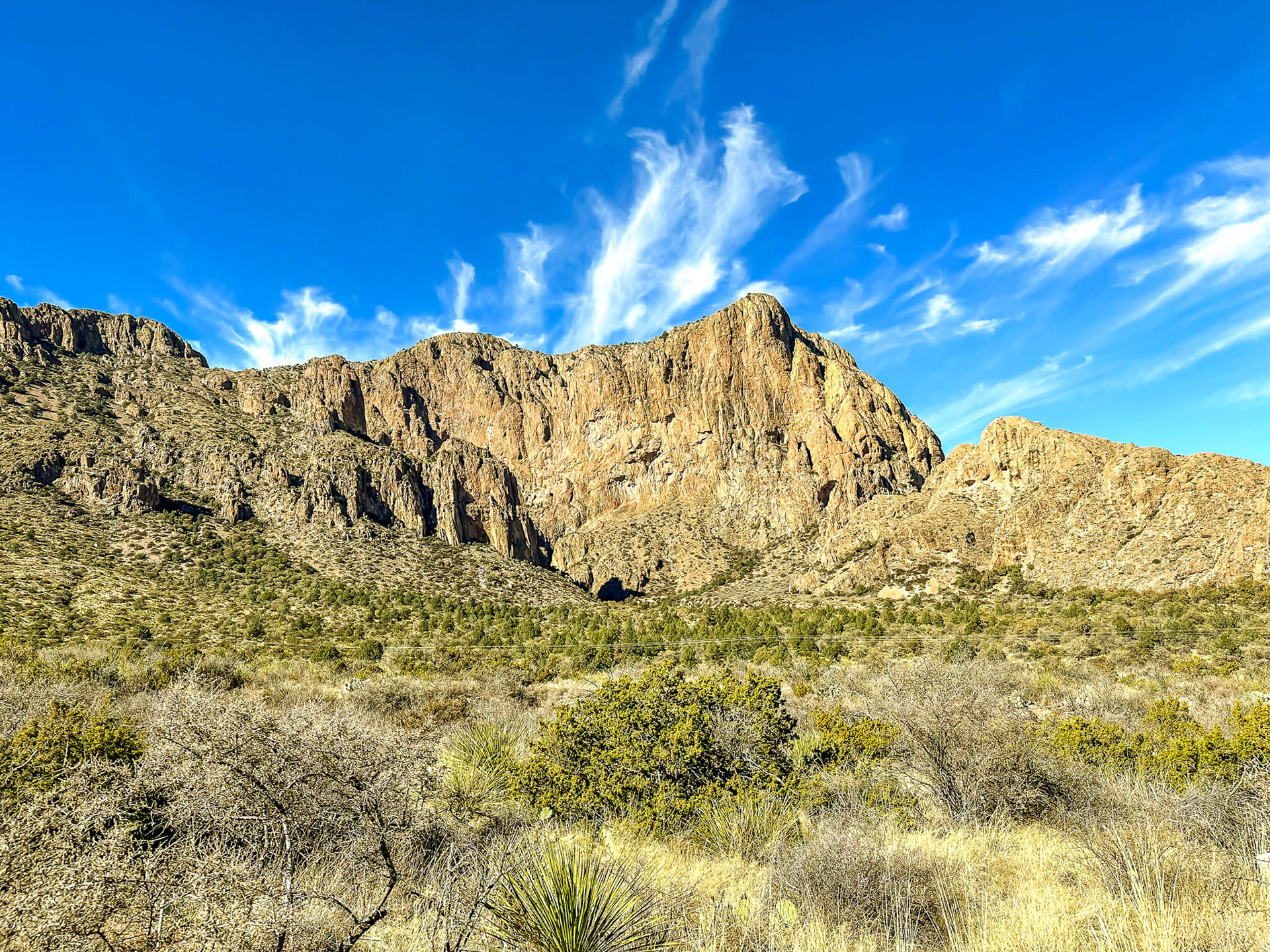
Chisos Mountains
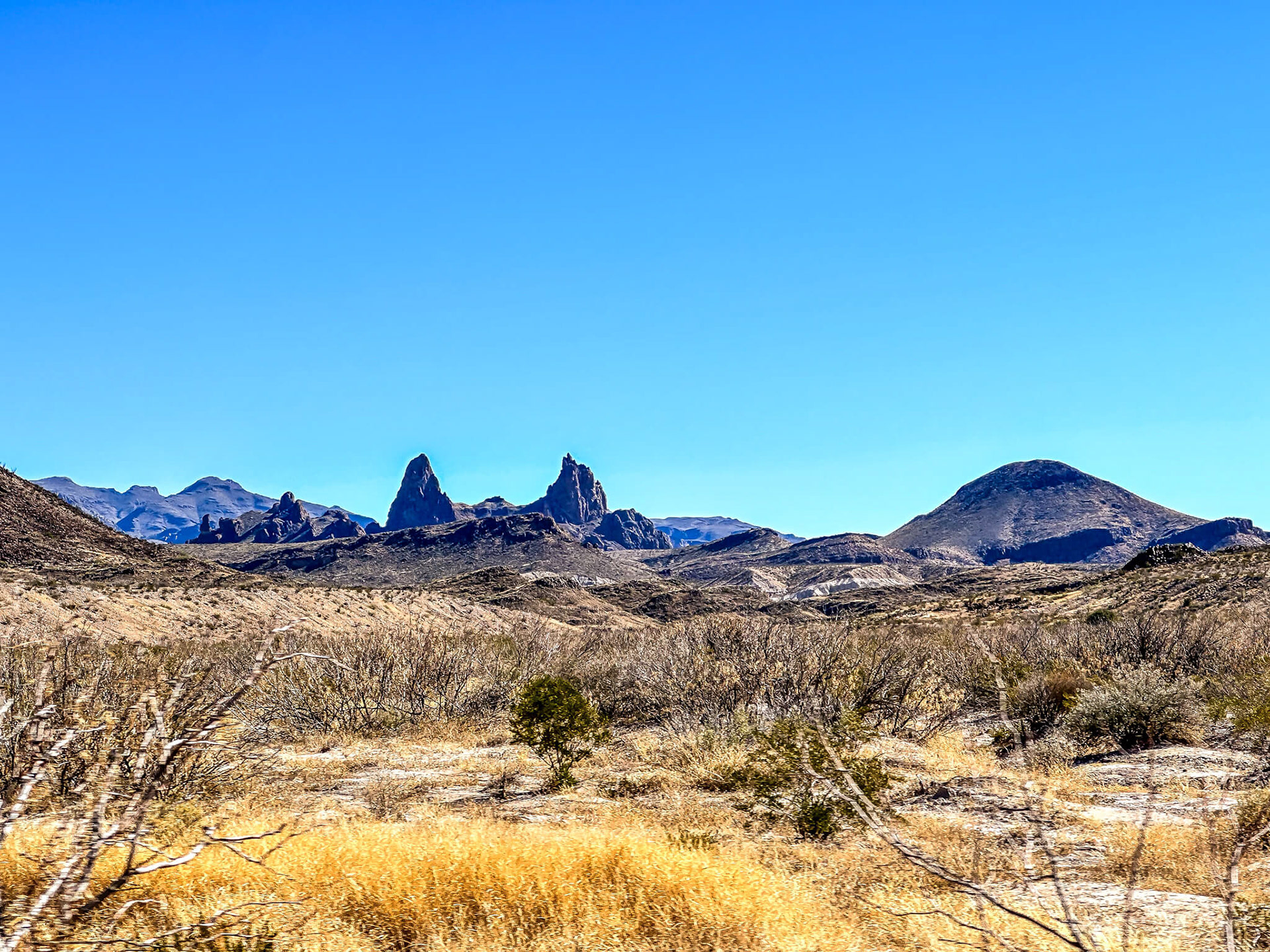
Mule Ear Peaks
The Santa Elena Canyon trail is a 1.6 mile out and back hike along the Rio Grand.
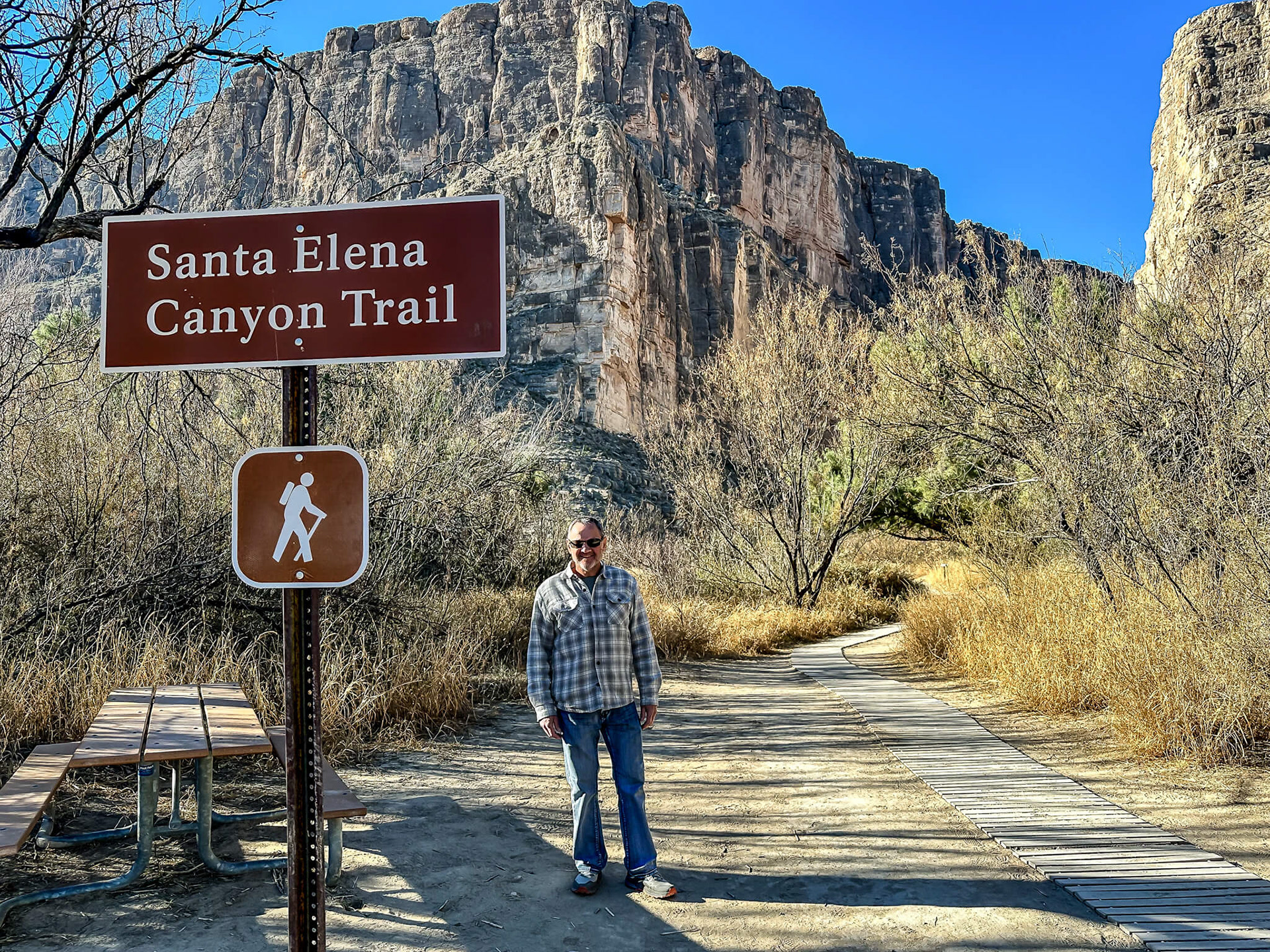
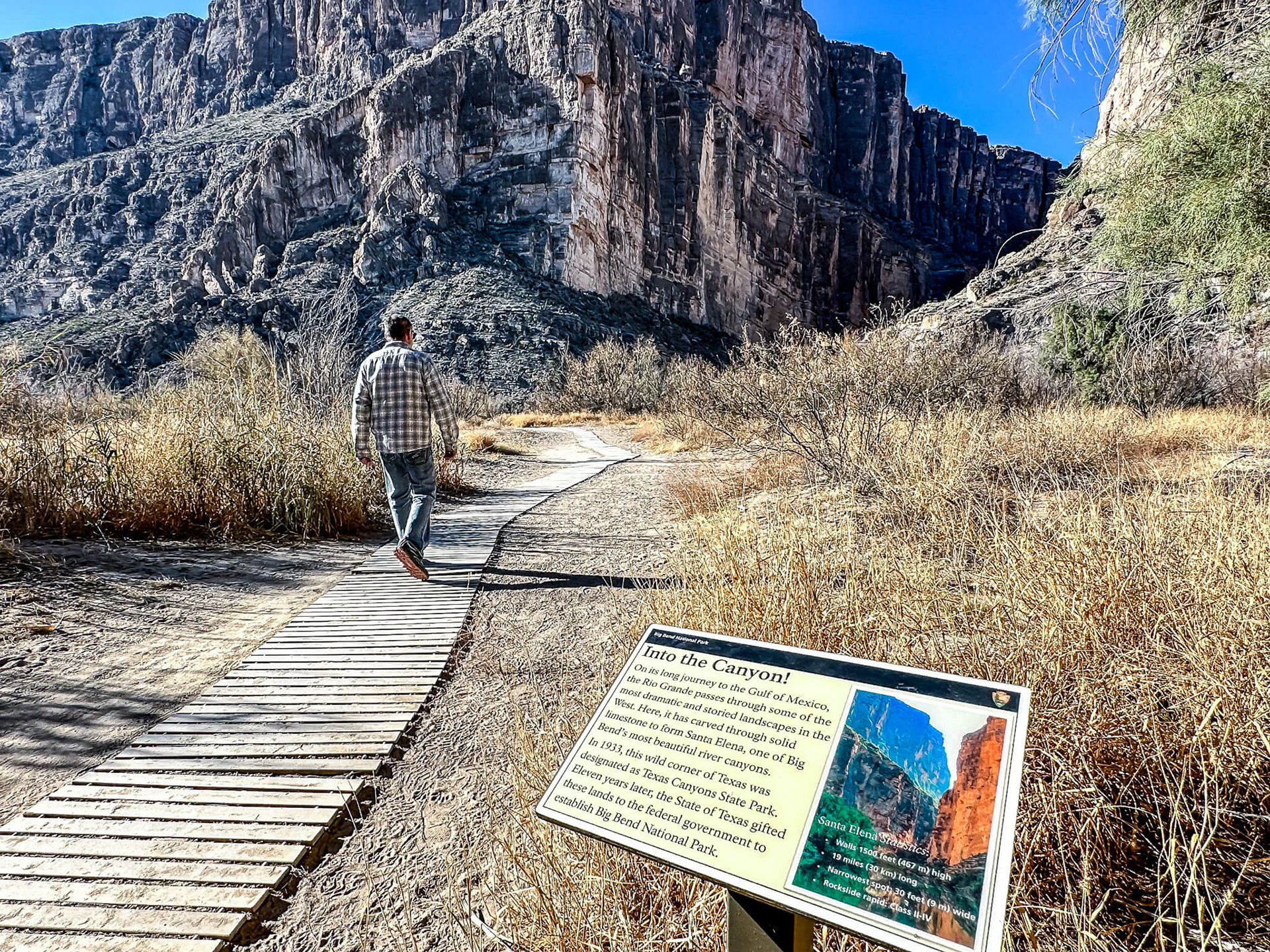


The view from the Santa Elena Canyon Trail looking back towards the park.
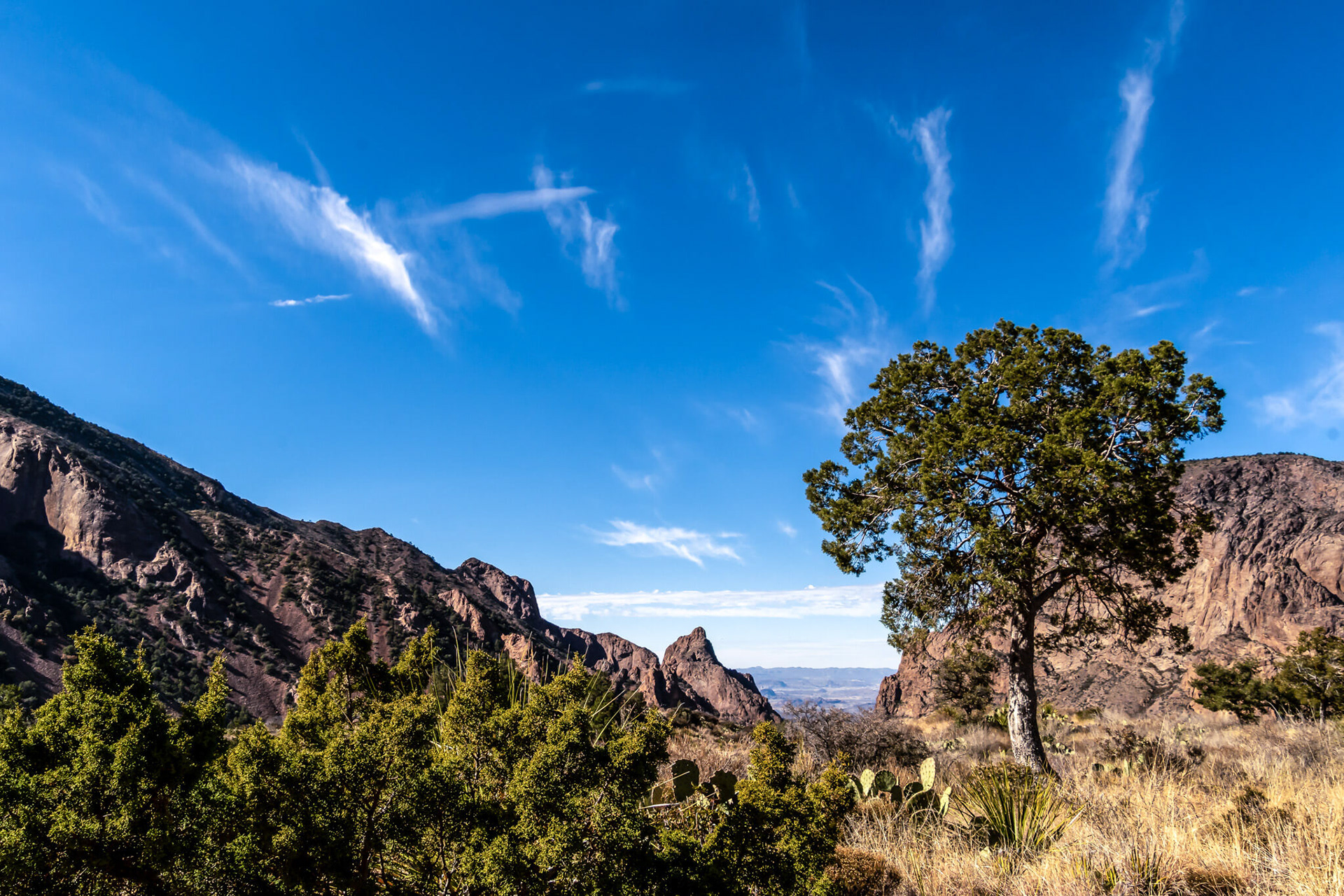
Windows View Trail
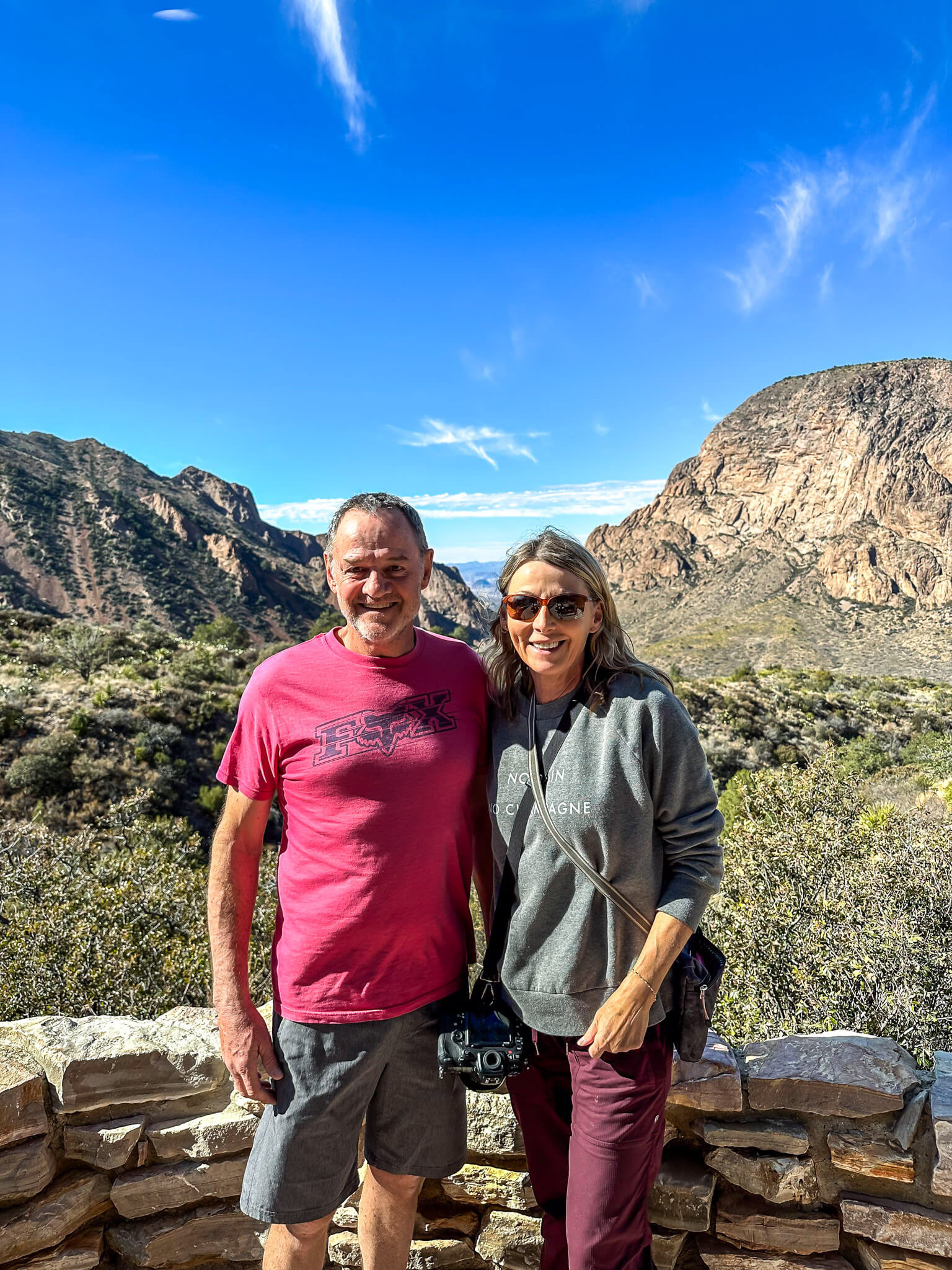
Paisano Village RV Park is a quiet, privately owned campground located about 4 miles from the entrance to Big Bend National Park. We stayed on the east side of the property, which is a newer section with just 10 RV sites — perfect for a peaceful stay without the crowds. The single bathroom and shower were spotless, and since the park is so small, we never had to wait to use the facilities.
There’s only one small grocery store in the area, so it’s definitely a good idea to stock up on supplies before you arrive. The nearest town is Terlingua, just 5 miles away — a quirky, fascinating little spot with a rich history and some great local character. Once a booming quicksilver mining town, it was abandoned in the 1940s and has since evolved into a funky desert outpost with about 400 full-time residents, a mix of artists, hikers, and old-school desert dwellers.
Terlingua is home to a few restaurants and the famous Starlight Theatre, a must-see dining and music venue housed in a restored 1930s movie theater. The town’s old cemetery and “Ghost Town” ruins add an extra layer of intrigue, making it a great place to explore after a day in the park.
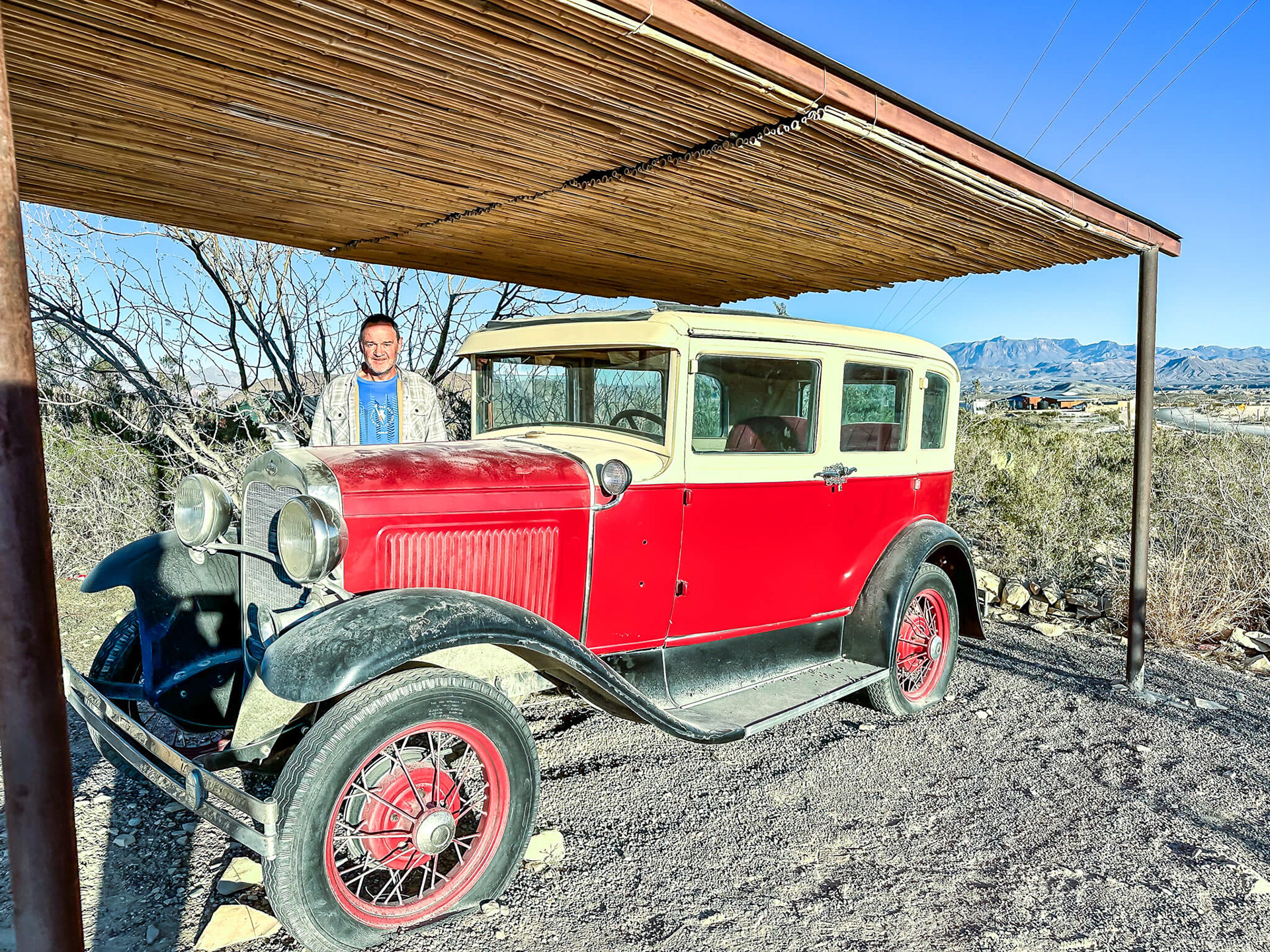
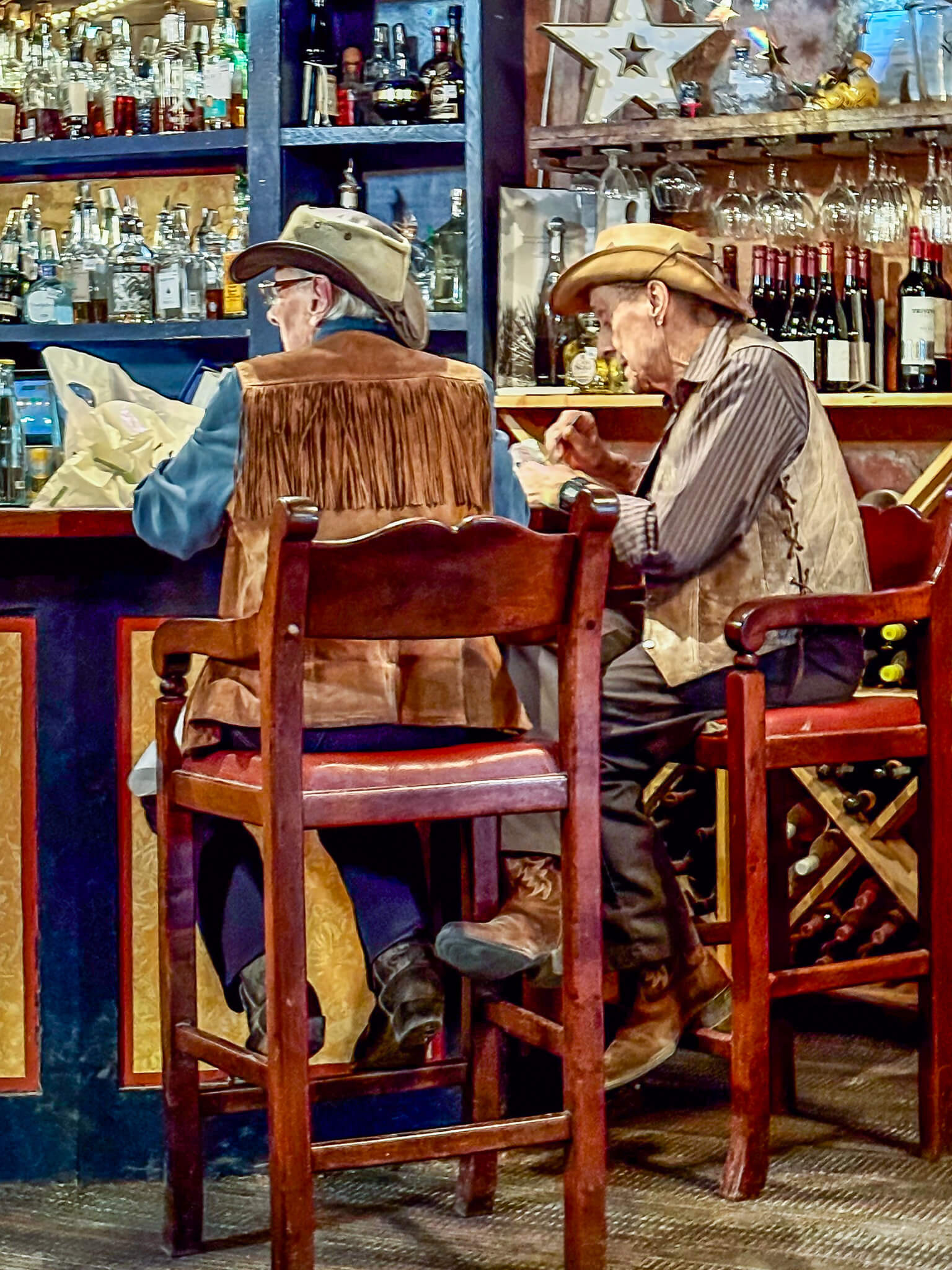

We also did a jeep tour with Far Flung Adventures, which turned out to be one of the highlights of our time in the area. Our guide took us deep into the rugged terrain of the Terlingua Ranch, where we got an up-close look at the desert’s unique geology and ecology. He pointed out fascinating rock formations, ancient layers of the earth exposed by time, and introduced us to the hardy desert plants that thrive in such a harsh environment. It was a great way to learn more about the landscape beyond the main park roads — and the views were incredible.
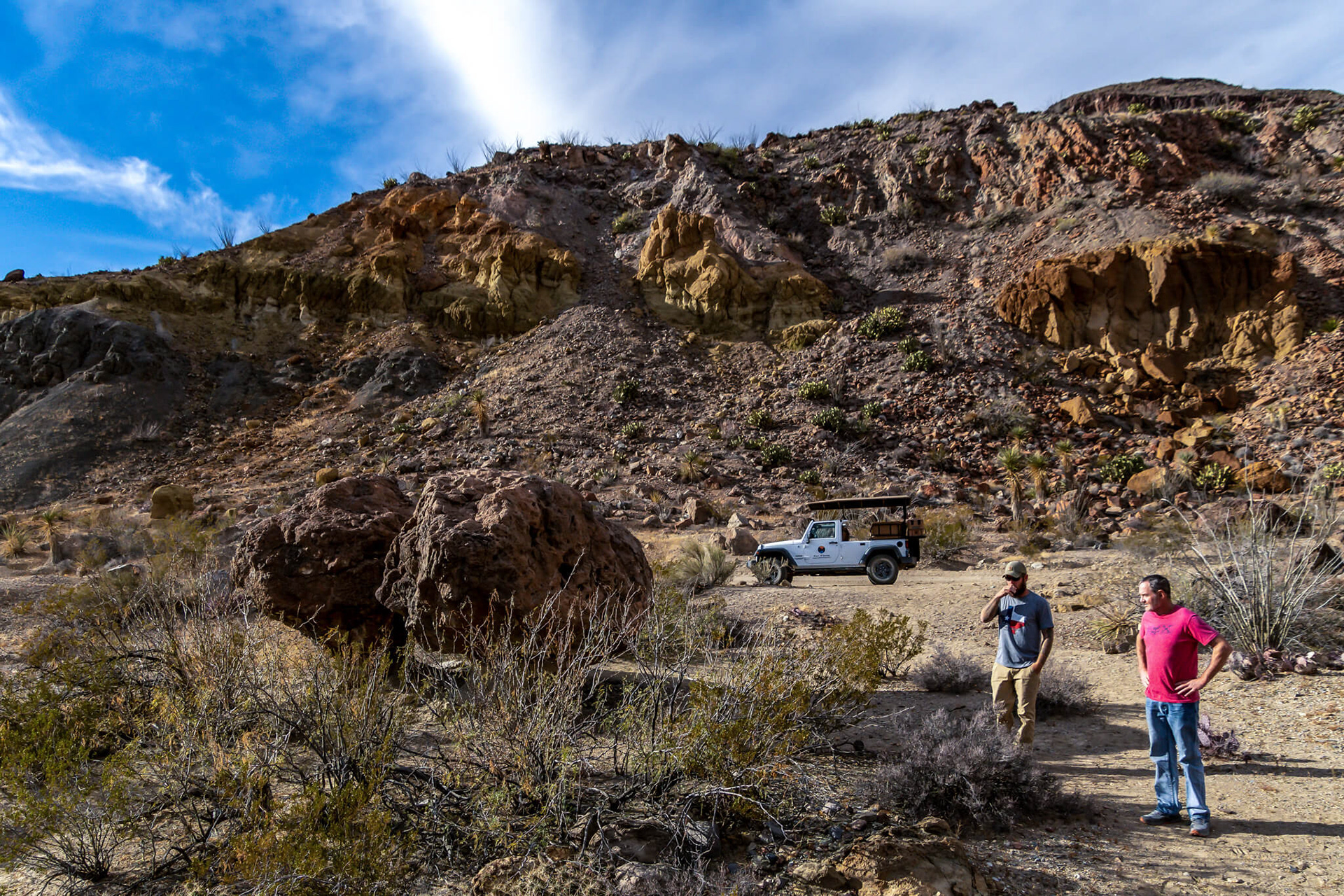
Dean and Jeremy, our tour guide.
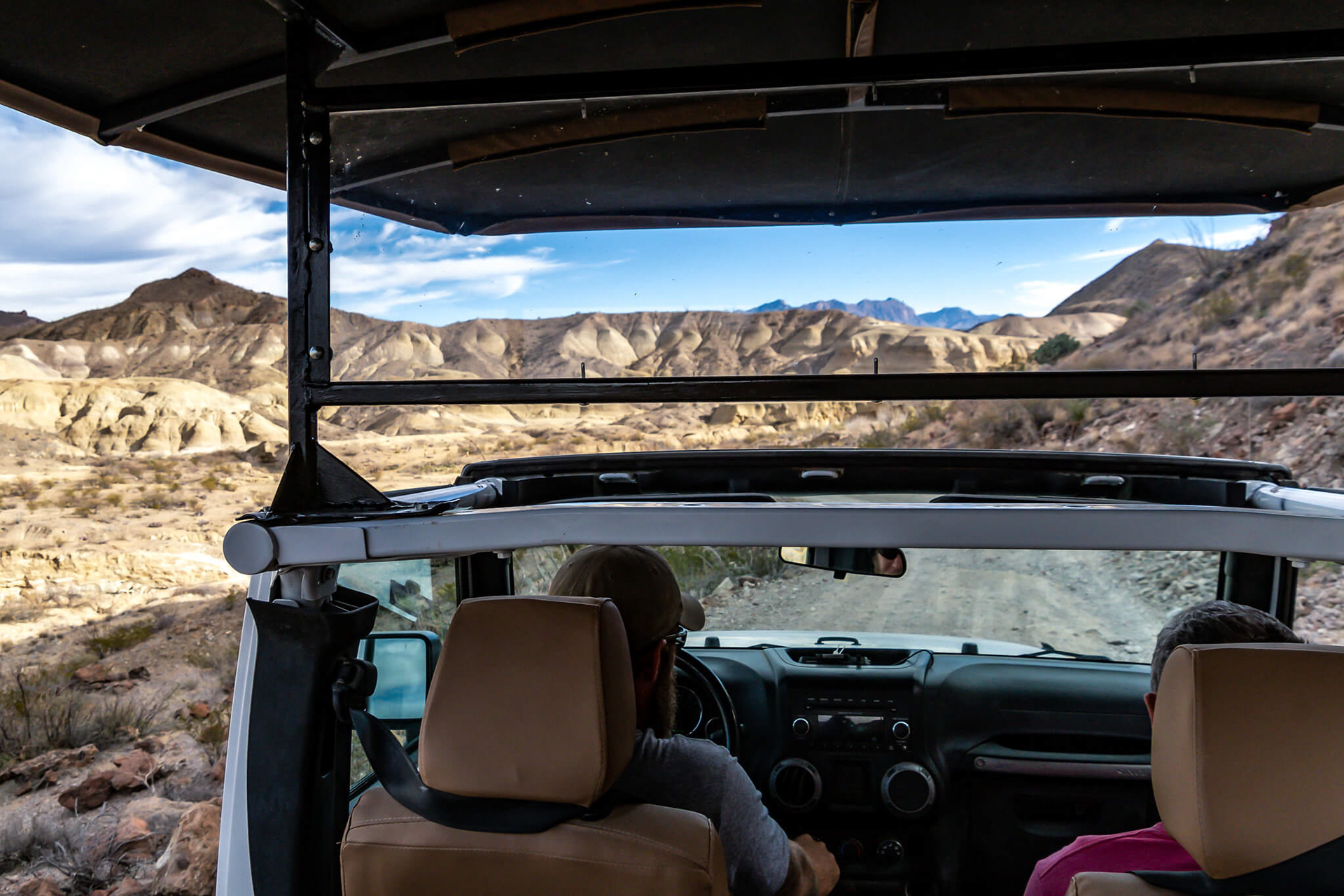
My view from the jeep.
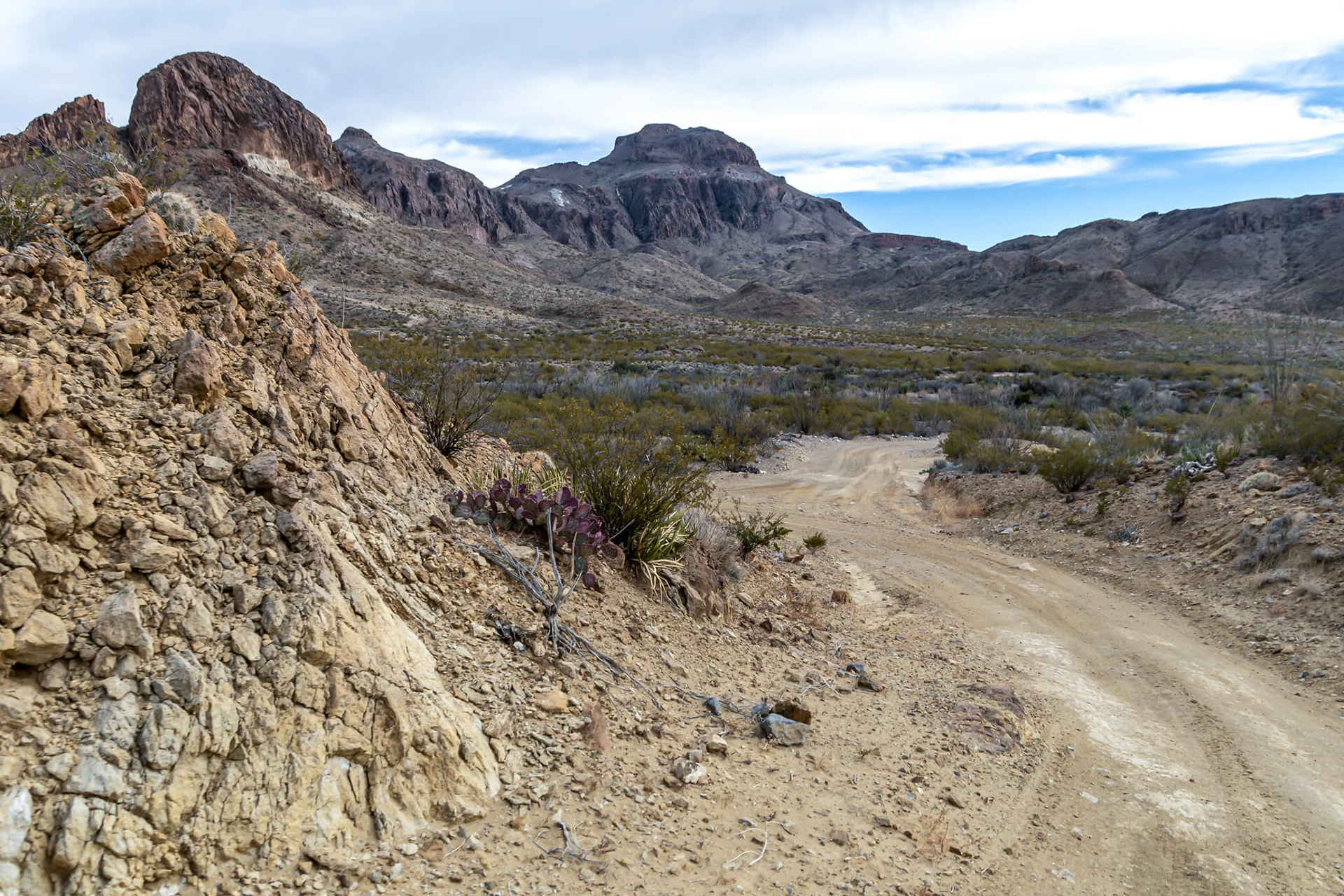
The roads in Terlingua Ranch where we did the tour.
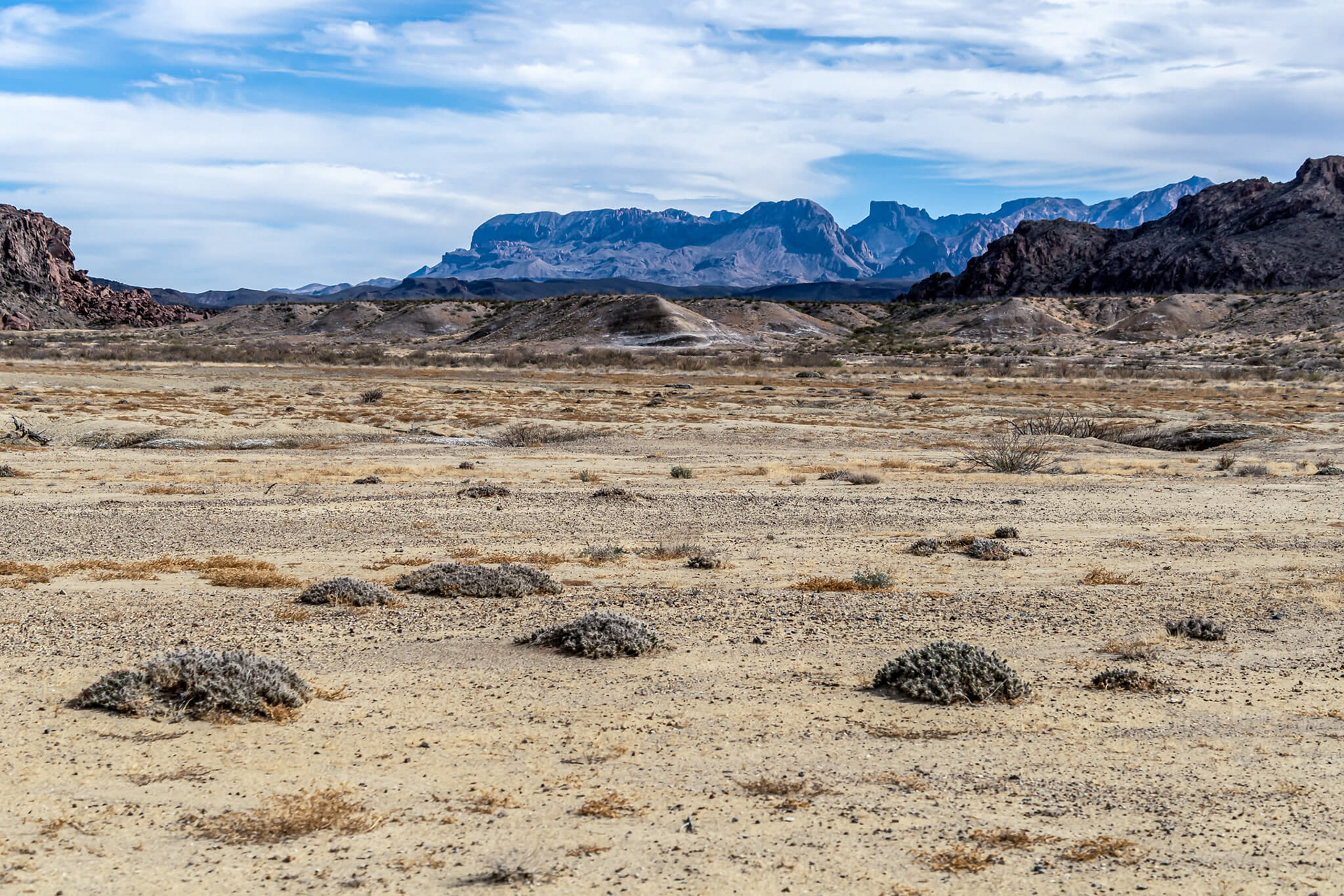
The mountains were formed millions of years ago. Christmas Mountain is in the backgound.
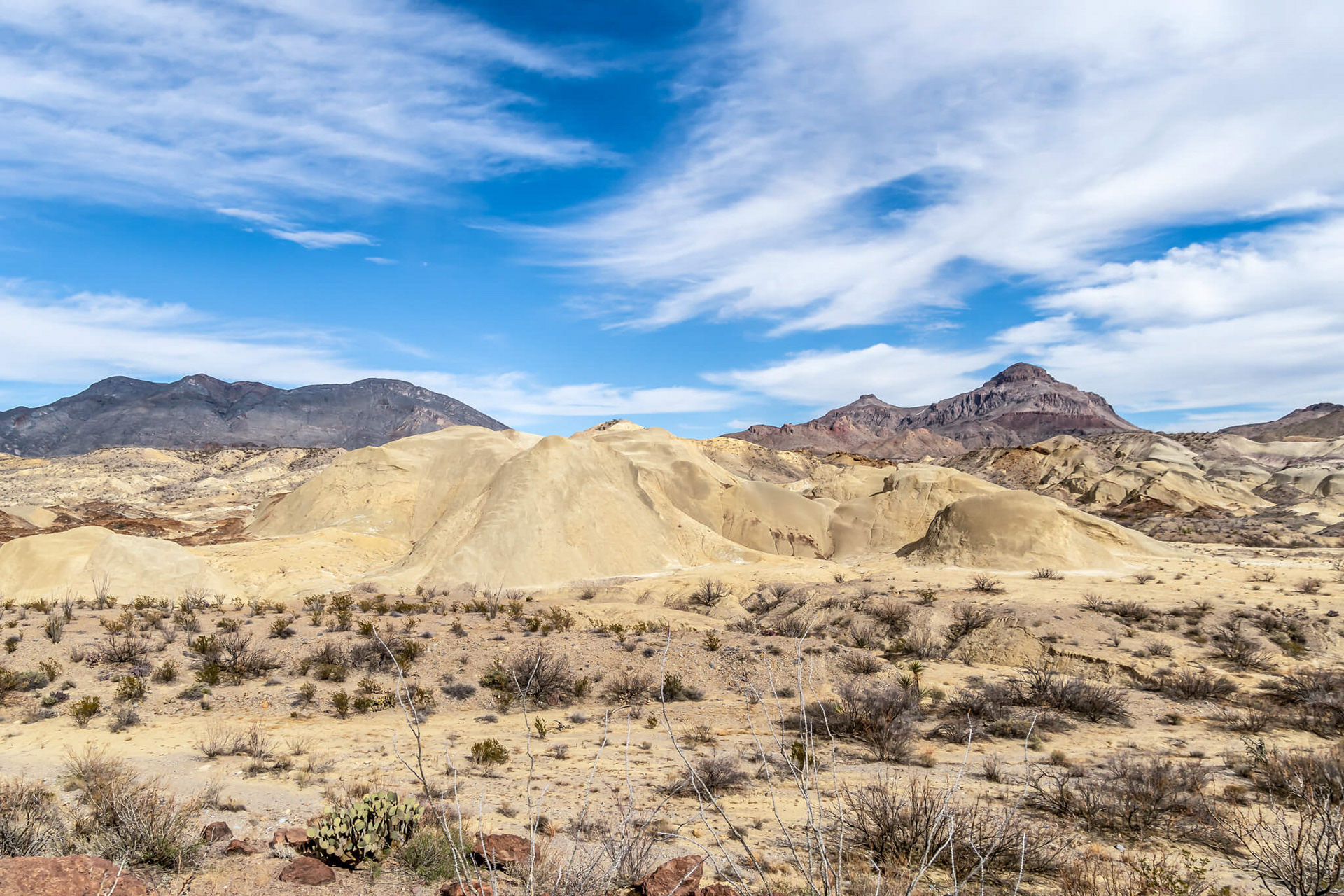
The volcanic ash is called Bentonite.

Ocotillo plant.
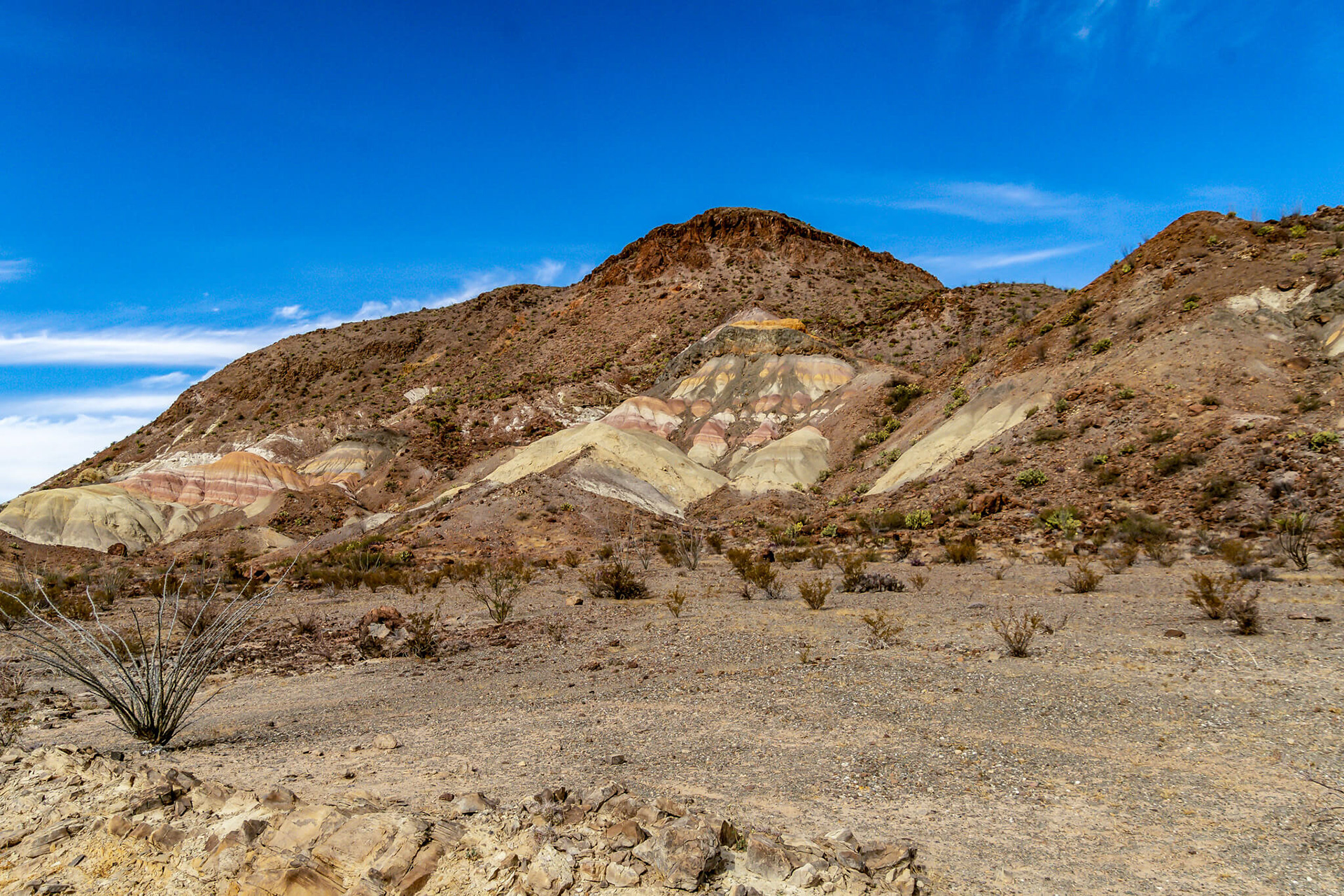
The different colors are formed by magma and volcanic ash.
There are people living out here but they are not all friendly .....
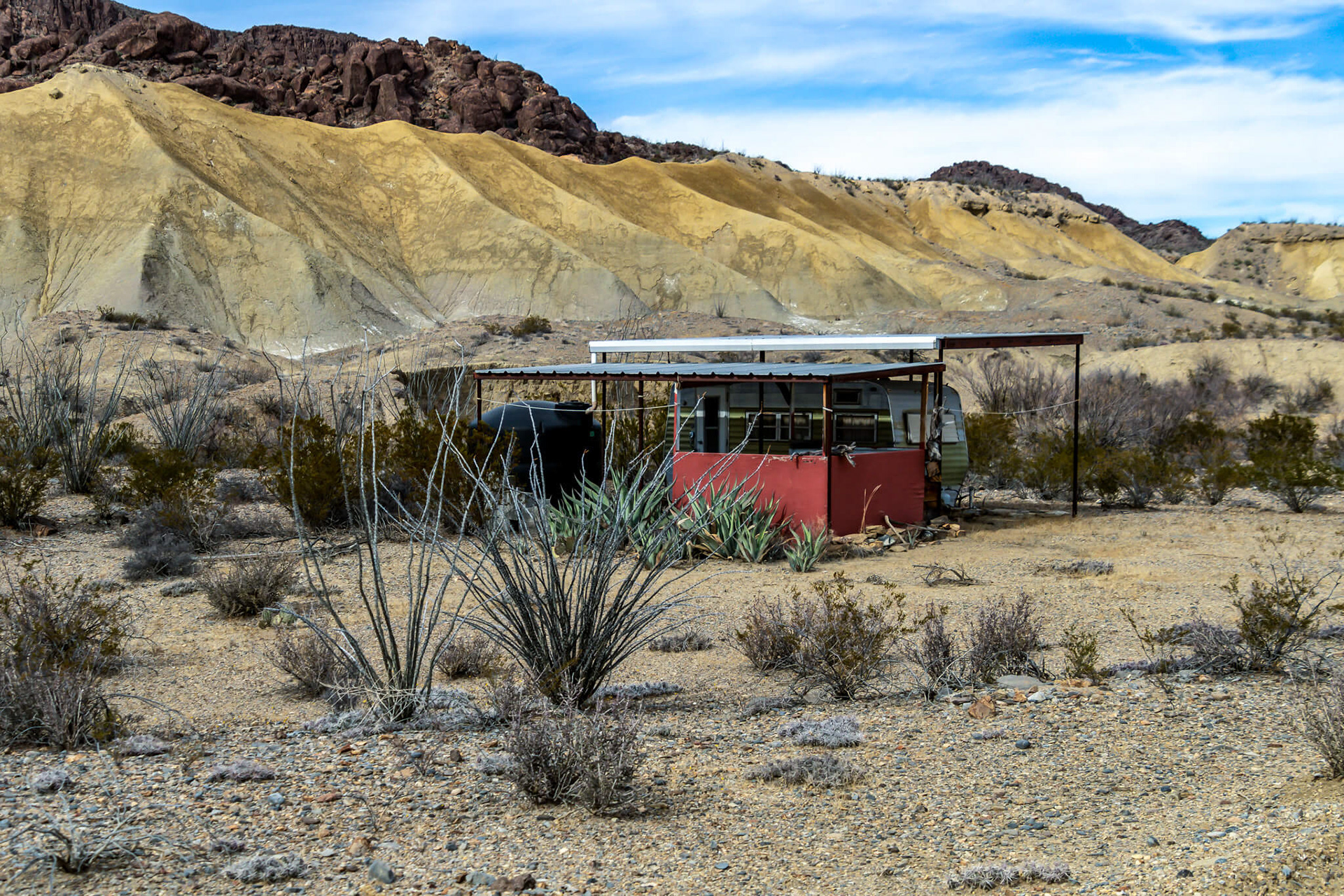
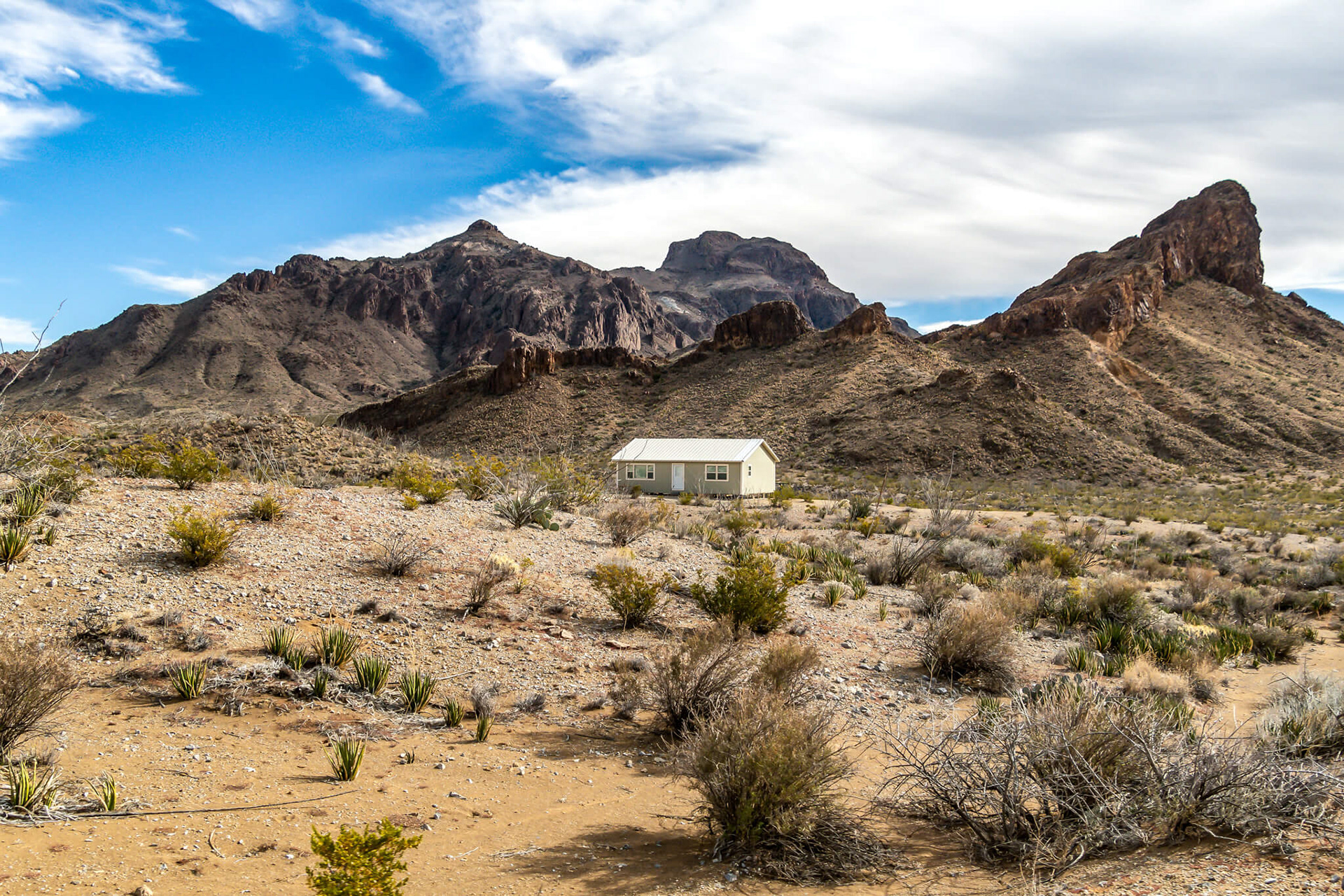
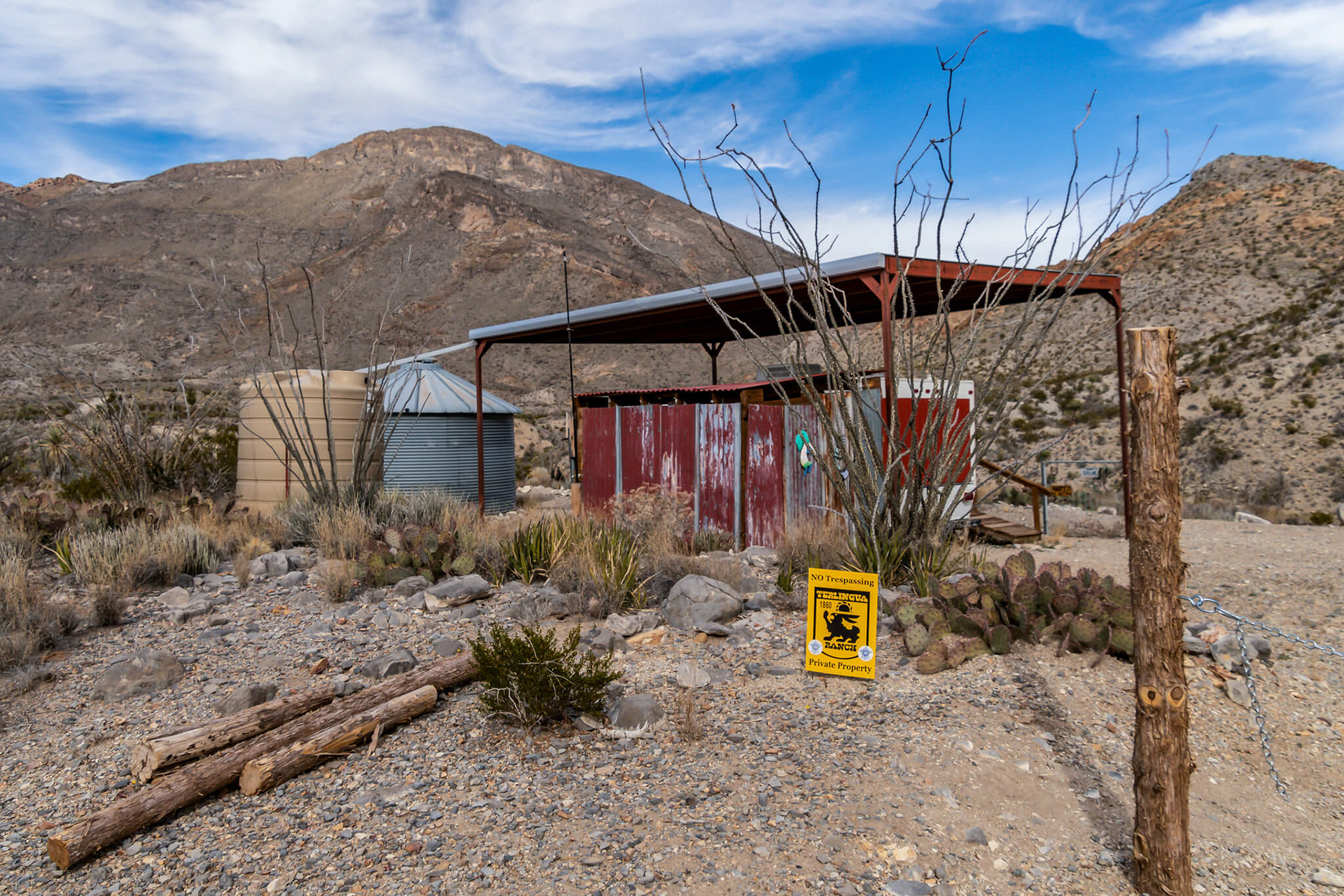
Kissing Rocks, they were apparently placed there during an eruption of nearby Maverick Mountain millions of years ago as they are geologically different to the other rocks in the area. It is said to be good luck to kiss in front of them.